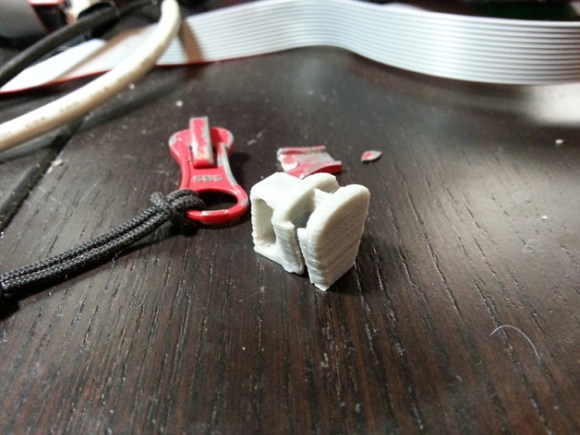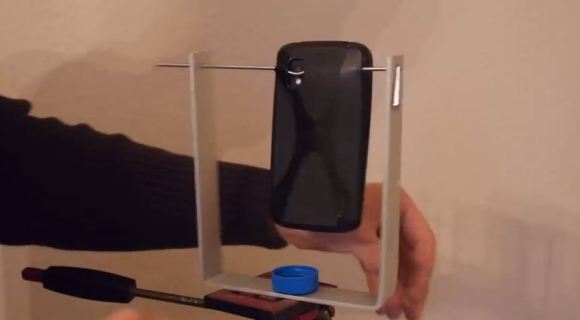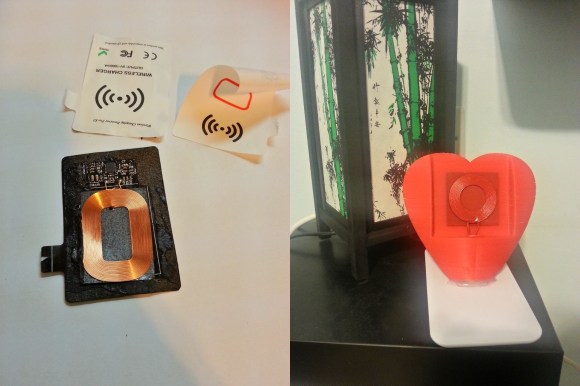
[Amr] recently built a 3D printer and came across his first practical application for it — his jacket’s zipper broke!
What we like about this project is [Amr] goes through the entire design process to finished product in his video. He starts by showing us the failed zipper, explaining where and why it failed, and then identifies the design features he needs to keep in order to make a functional replacement. To help accomplish this he checks out the Wikipedia article on zippers which shows an excellent animation of what happens inside of the zipper.
Now confident in his knowledge of all things zipper, he begins to model his replacement using SolidWorks, which is an industry standard among 3D CAD packages — for more information on how to use SolidWorks, we’ve been covering it in our 3D Printering articles! Continue reading “3D Printed Zipper Saves The Day!”
















